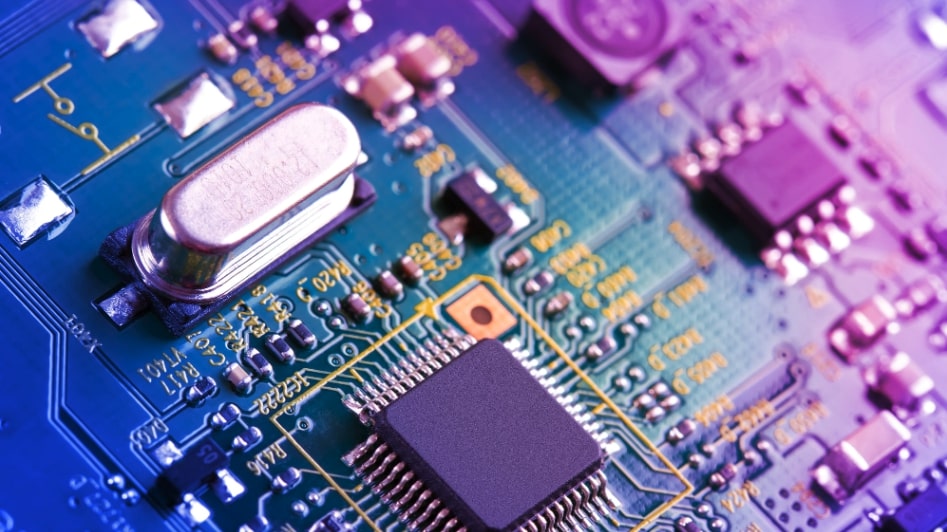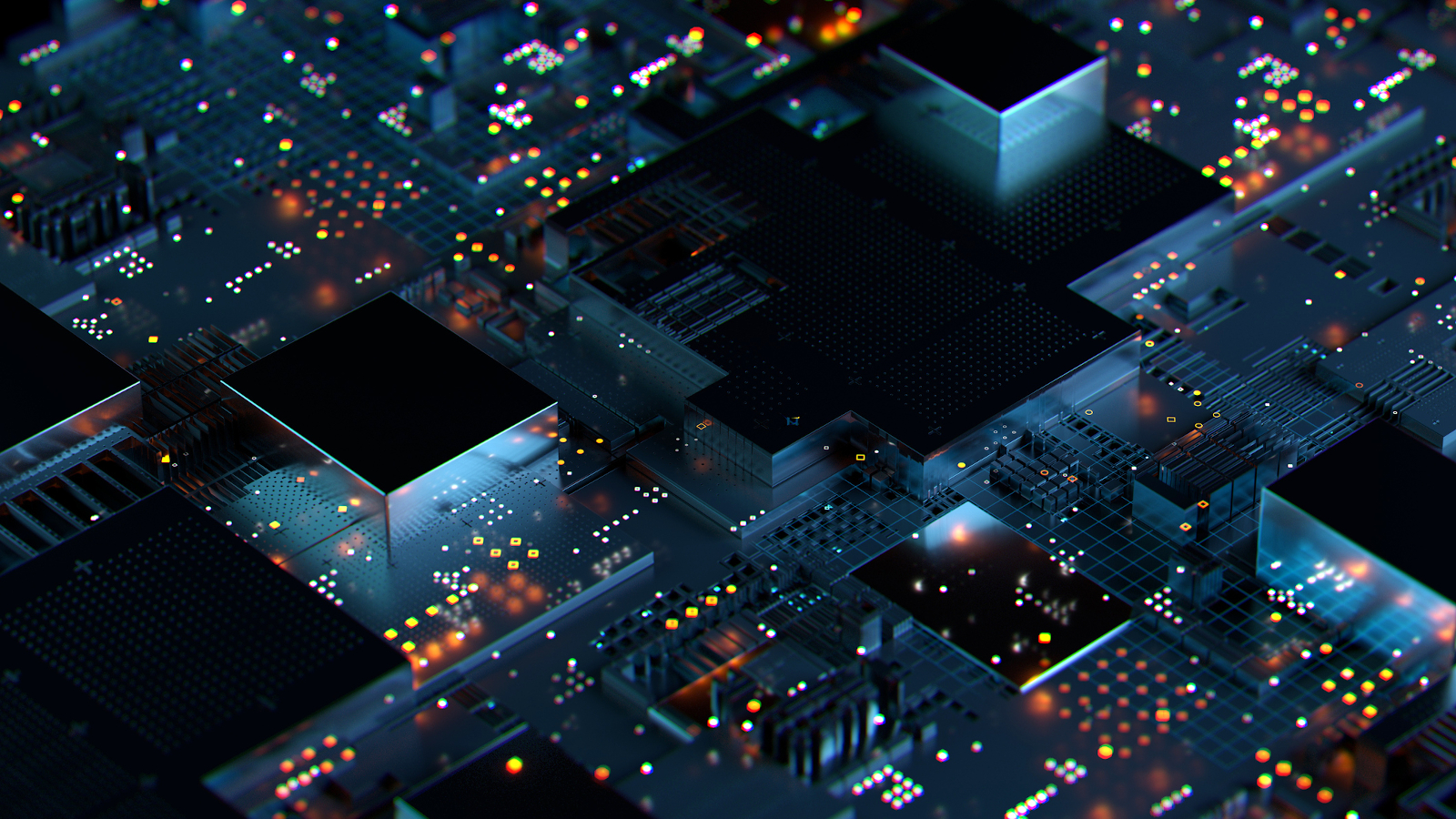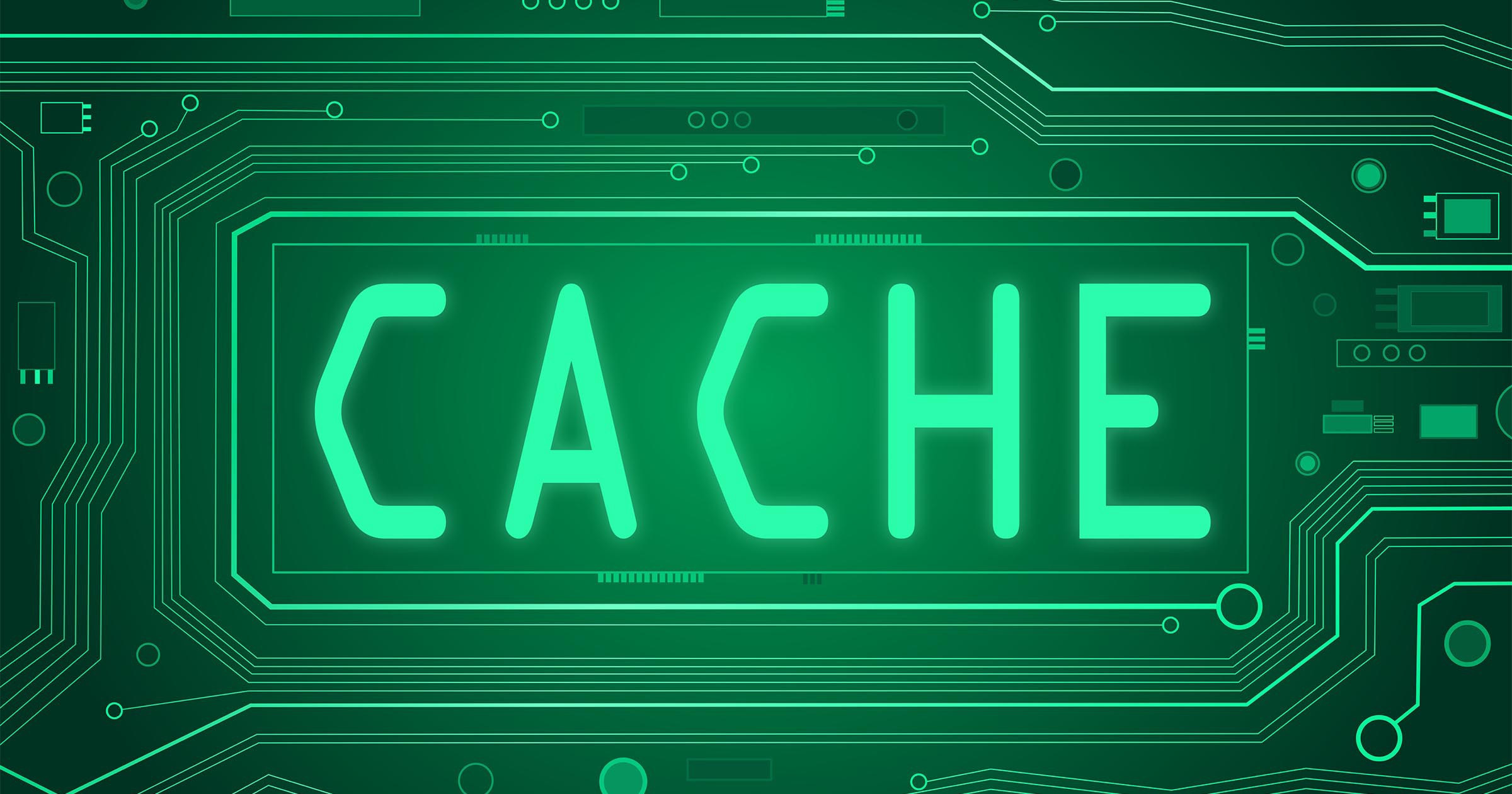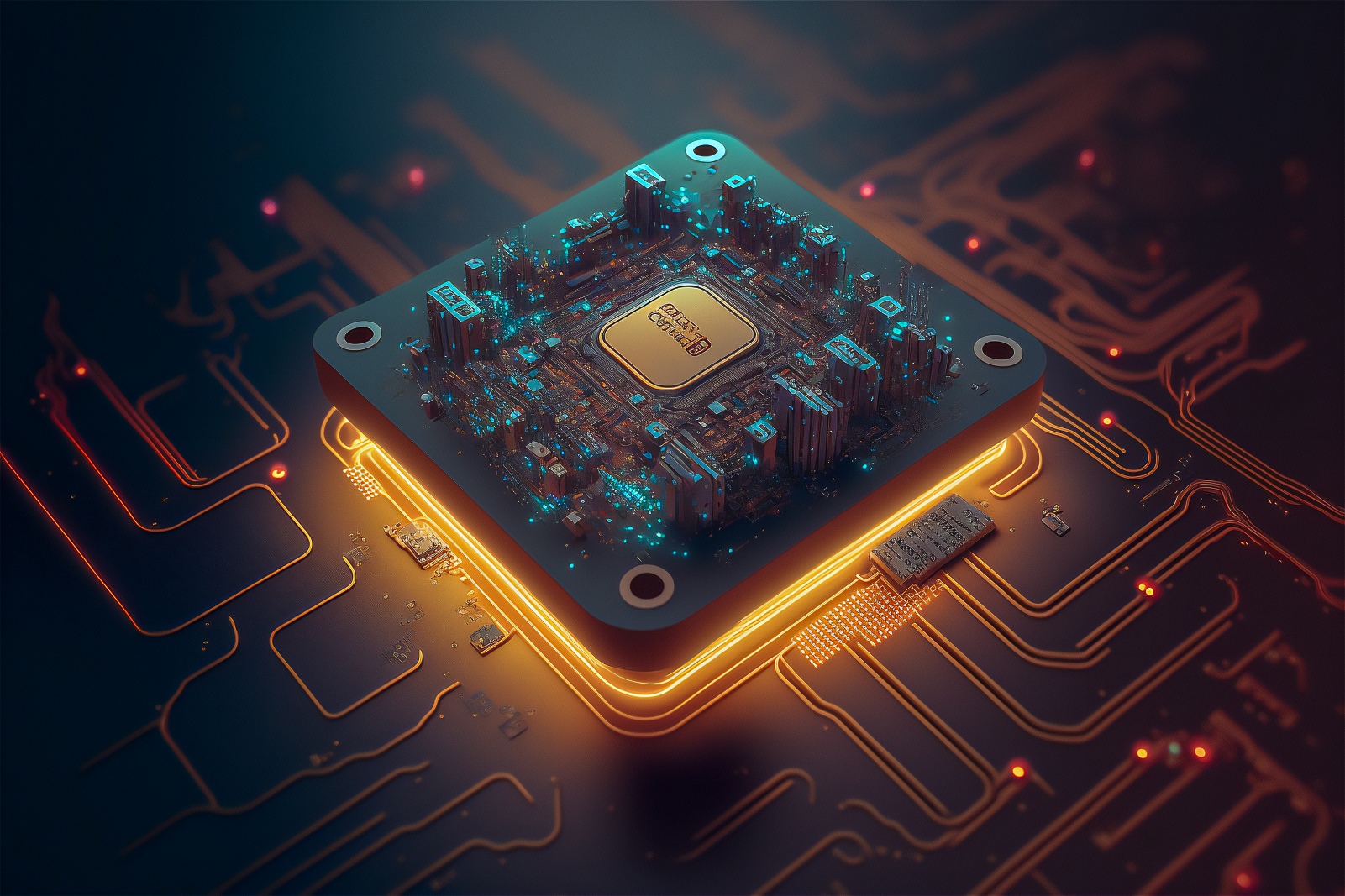Cache is a critical component in modern computing systems, from personal computers to larger server infrastructures. It is used to store frequently accessed data for quick retrieval, improving performance and efficiency. In simple terms, cache acts as a middle layer between the processor and the main memory, reducing the time it takes for data to be accessed. This significantly improves the overall performance of the system.
In this article, we will delve deeper into the world of cache – its types, how it works, and its role in improving performance. We will also explore the various techniques used to optimize cache usage and the challenges that come with it. So let’s get started!
What is Cache?
At its core, cache is a temporary storage area that holds recently or frequently accessed data. It sits between the processor and the main memory, acting as a buffer, and stores a copy of the most commonly used data. This data can include instructions, data, or even entire programs. When the processor needs access to this data, it first checks the cache. If the data is not found in the cache, then it is retrieved from the main memory.

Cache fundamentally serves as a transient repository where data that has been recently or frequently accessed is stored
The goal of using cache is to reduce the time taken to retrieve data from the main memory, which is comparatively slower than the cache. In other words, cache brings the most frequently used data closer to the processor, making it quicker and more efficient to access.
Types of Cache
There are mainly three types of cache – L1, L2, and L3, each with its own characteristics and purpose.
L1 Cache
Also known as the primary cache, L1 cache is the smallest but fastest among the three types. It is built directly into the processor chip and has the fastest access time. L1 cache is divided into two categories – instruction cache and data cache. As the names suggest, the instruction cache stores instructions, and the data cache stores data.
L2 Cache
L2 cache is larger but slower than L1 cache. It is located on a separate chip from the processor but still closer to it than the main memory. Its purpose is to provide more storage for frequently used data that cannot fit in the L1 cache. Some processors have multiple L2 caches to improve their performance.
L3 Cache
L3 cache is the largest among the three types and is shared between all cores of a multi-core processor. It acts as a middle layer between the L2 cache and the main memory. L3 cache helps to reduce the need for accessing the main memory, making it an essential part of modern processors.
How Does Cache Work?
To understand how cache works, we first need to know how a computer retrieves data from the main memory. When the processor needs access to data, it sends a request to the main memory. The main memory then searches for the data and sends it back to the processor. This process is known as a memory cycle and can take several clock cycles to complete.
In contrast, when a processor needs access to data stored in the cache, it follows a similar process but with fewer clock cycles. Since the cache is closer to the processor, the time taken to retrieve data is significantly reduced. This is because the processor does not have to wait for the main memory to respond, resulting in improved system performance.
Cache Hit vs Cache Miss
Cache hit and cache miss are two terms commonly used to describe the efficiency of cache usage. A cache hit occurs when the data requested by the processor is found in the cache, resulting in faster retrieval. On the other hand, a cache miss occurs when the data is not found in the cache, and the processor has to retrieve it from the main memory. This leads to a delay in data access and reduced performance.
Cache Mapping Techniques
The process of storing data in the cache is known as mapping. There are three main techniques used for cache mapping – direct mapped, set-associative, and fully associative.
Direct Mapped
In this technique, each block of memory can only be stored in a specific location in the cache, known as a cache line. This means that the memory blocks have a fixed position in the cache, making it easy to retrieve them. However, if multiple blocks of memory are assigned to the same cache line, it results in frequent cache misses, reducing performance.
Set-Associative
Set-associative mapping uses a combination of the direct mapped and fully associative techniques. It divides the cache into sets, with each set containing multiple cache lines. Each block of memory can be assigned to any cache line within the set, resulting in fewer cache misses compared to a direct mapped cache.
Fully Associative
In this technique, there are no restrictions on where a block of memory can be stored in the cache. Any cache line can be used to store any block of memory, making it highly efficient in terms of cache hits. However, this also makes it more complex and expensive to implement.
Optimizing Cache Usage
To ensure the efficient use of cache, various techniques and algorithms have been developed. These techniques aim to reduce cache conflicts and make the best use of the available cache space.

Various methods and algorithms have been devised to optimize the effective utilization of cache
Cache Prefetching
Cache prefetching is a technique that involves predicting future cache accesses and preloading relevant data into the cache. Instead of waiting for the processor to request data, the cache prefetcher proactively fetches data into the cache, reducing the time taken for retrieval. This technique has proven to be very effective in improving performance.
Cache Coherency
Cache coherency is the concept of ensuring that all caches within a system are up-to-date with the same data. In multi-core systems, each core usually has its own cache, making it essential to maintain coherency between them. If one core modifies a piece of data, all other cores must be notified of the change so that they can update their caches accordingly.
Cache Replacement Algorithms
Cache replacement algorithms are used to determine which data should be removed from the cache when new data needs to be stored. The most commonly used algorithm is Least Recently Used (LRU), which removes the least recently used data from the cache. Another popular algorithm is First-In-First-Out (FIFO), which removes the oldest data from the cache. Choosing the right replacement algorithm is crucial in optimizing cache usage and improving performance.
Challenges and Limitations
While cache has proven to be an effective way of improving system performance, there are some challenges and limitations that come with it.
Cache Pollution
Cache pollution occurs when the cache is filled with unnecessary data, resulting in reduced performance. This happens when the processor requests data that is not frequently used, resulting in frequent cache misses and replacing more important data in the cache. One way to mitigate this issue is through smarter cache replacement algorithms that prioritize frequently used data.
Cache Thrashing
Cache thrashing occurs when the cache is constantly being flushed and refilled due to a high number of cache misses. This results in reduced performance as the processor has to wait for data to be retrieved from the main memory. One solution to this problem is to increase the size of the cache or optimize the caching algorithm.
Cache Coherence Overhead
As mentioned earlier, maintaining cache coherence in multi-core systems can be challenging. It requires additional resources and communication overhead, which can impact performance. As processors continue to add more cores, this issue is becoming more prevalent, and new techniques are being developed to address it.
Applications of Cache
Cache is widely used in various computing systems, from personal computers to mobile devices and large server infrastructures. Let’s take a look at some of the common applications of cache.
Web Browsers
Web browsers use cache extensively to improve performance and reduce network traffic. When a user visits a website, certain elements like images and scripts are temporarily stored in the cache. This allows the browser to retrieve them quickly when the user revisits the website, reducing the loading time.
Database Management Systems (DBMS)
Database Management Systems (DBMS) also make use of cache to store frequently accessed data. By storing query results in the cache, DBMS can improve the overall performance of database operations.
CPU Caches
As we have discussed earlier, modern processors come equipped with multiple levels of cache. These caches play a crucial role in improving processor efficiency and reducing memory access times.
Future of Cache
As computing systems continue to evolve, the role of cache will become even more critical. With the rise of technologies like Artificial Intelligence (AI) and Machine Learning (ML), systems are becoming more complex and require faster data access. This is where cache comes into play, providing quick access to frequently used data and optimizing system performance.

As computing systems progress, the significance of cache will grow increasingly pivotal
One area where cache is expected to play a significant role is in Edge Computing. As more data is processed at the edge, closer to the source, the need for faster data access becomes crucial. By utilizing cache, edge devices can reduce the latency and bandwidth requirements, making it an essential component in enabling real-time processing.
Conclusion
In conclusion, cache plays a crucial role in modern computing systems, from personal computers to large data centers. Its ability to store frequently accessed data and improve performance has made it an integral part of our daily lives. As technology continues to advance, the importance of cache will only increase, and new techniques will be developed to optimize its usage.
We hope this article has provided you with a deeper understanding of cache and its role in improving performance and efficiency. By implementing effective caching strategies, we can continue to enhance the capabilities of computing systems and pave the way for future advancements.



